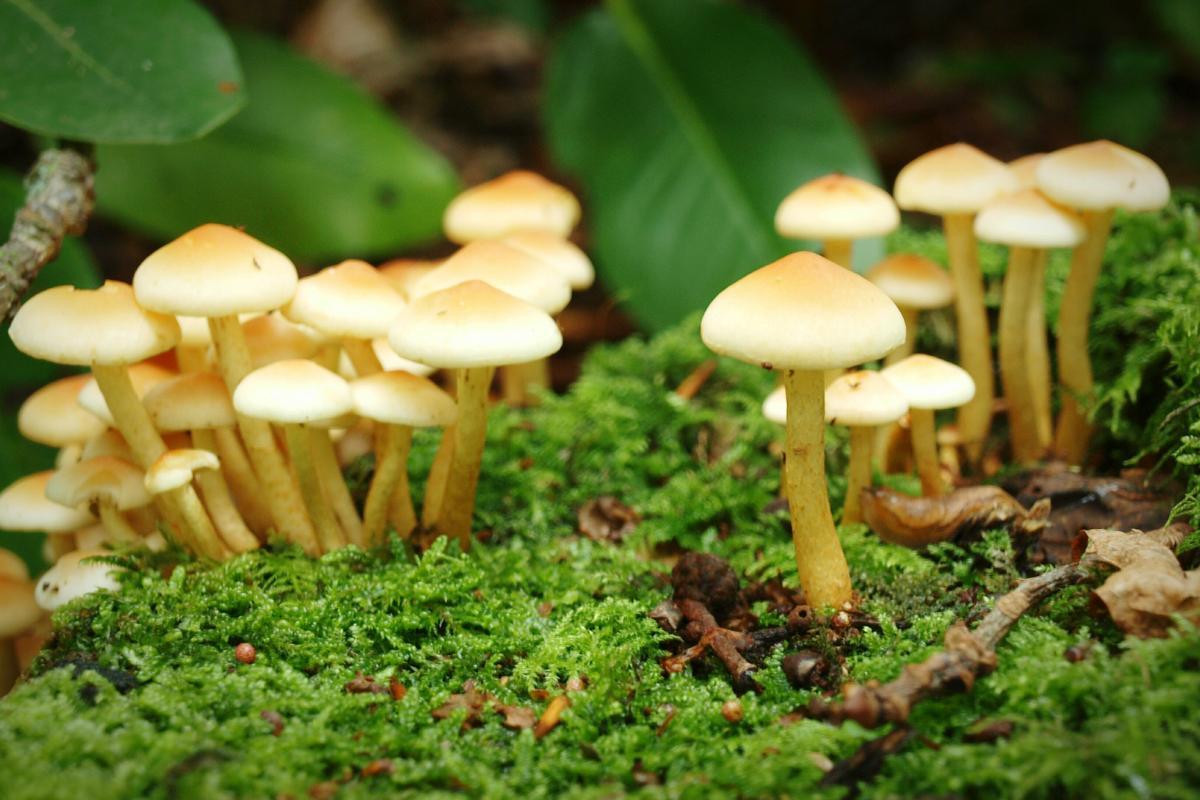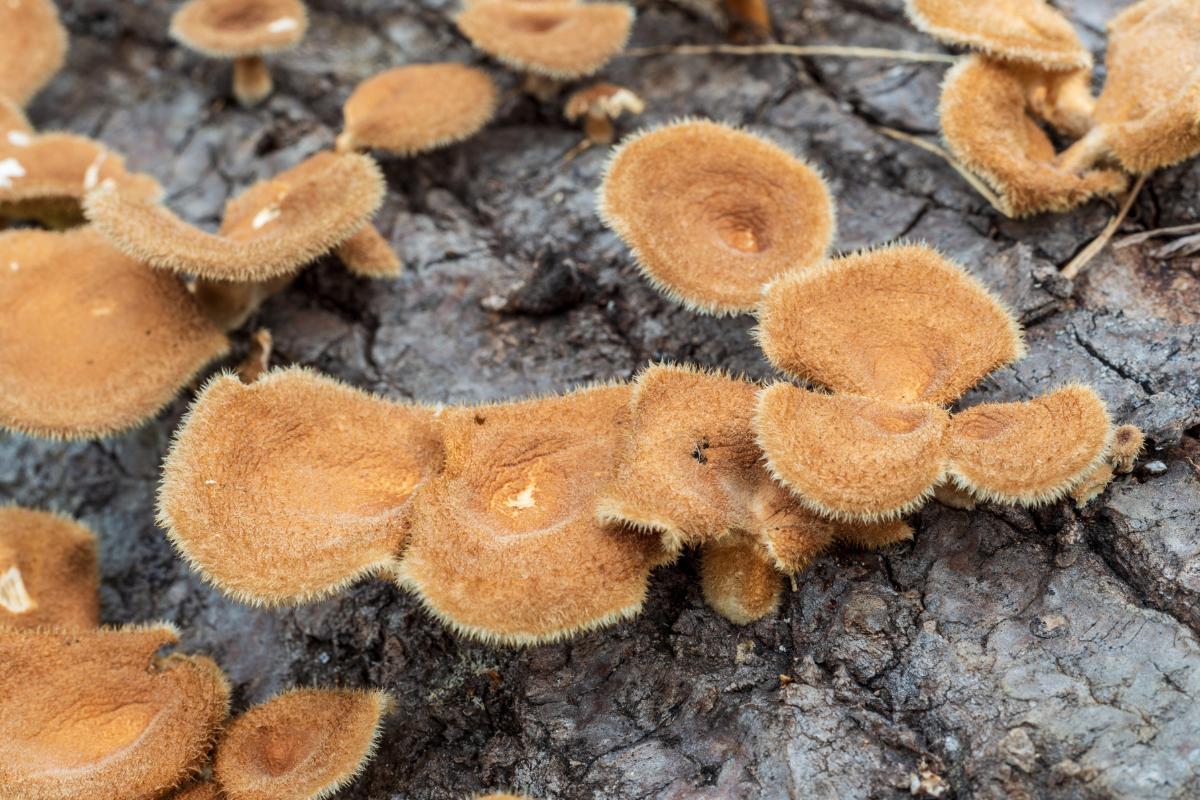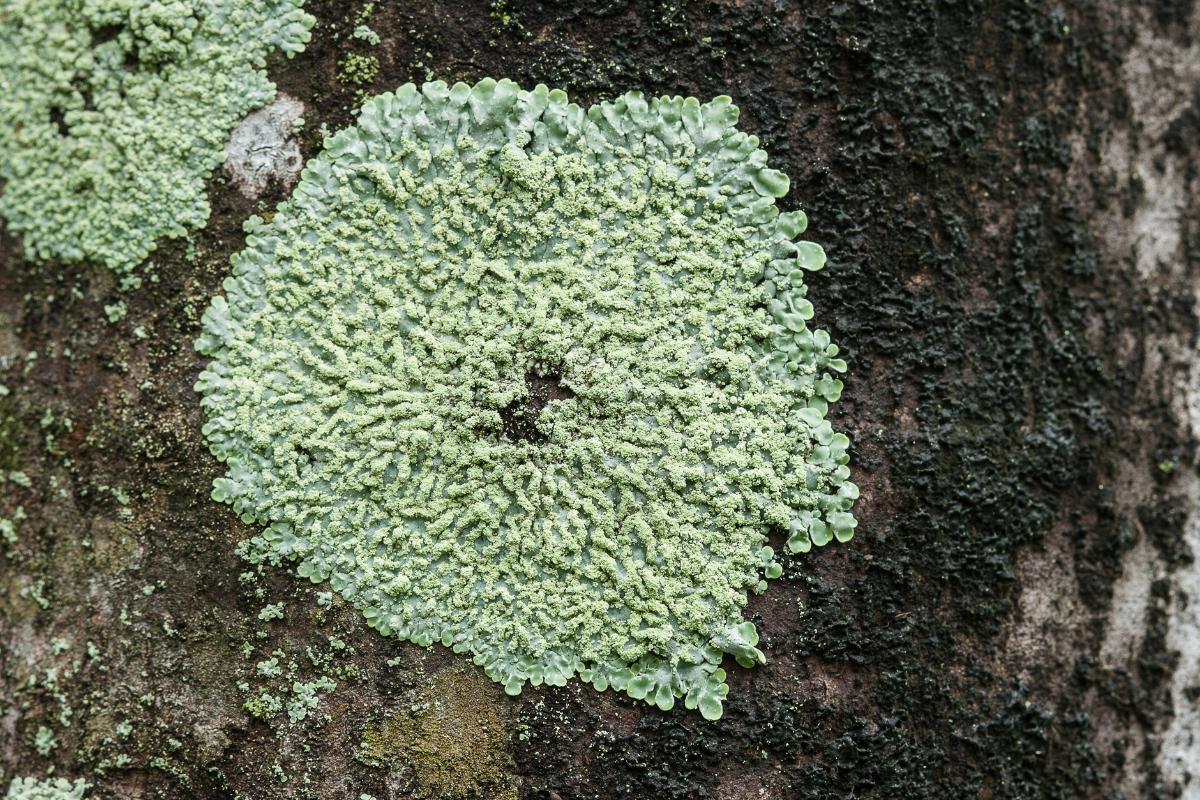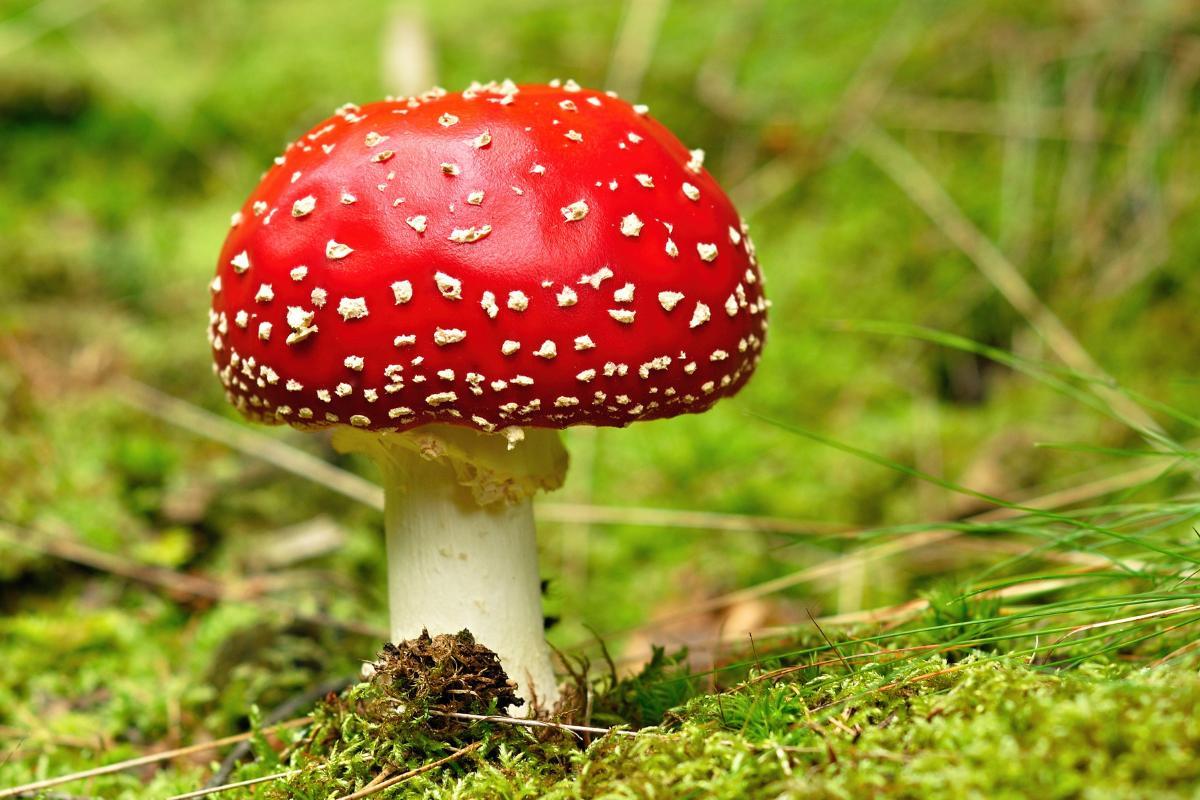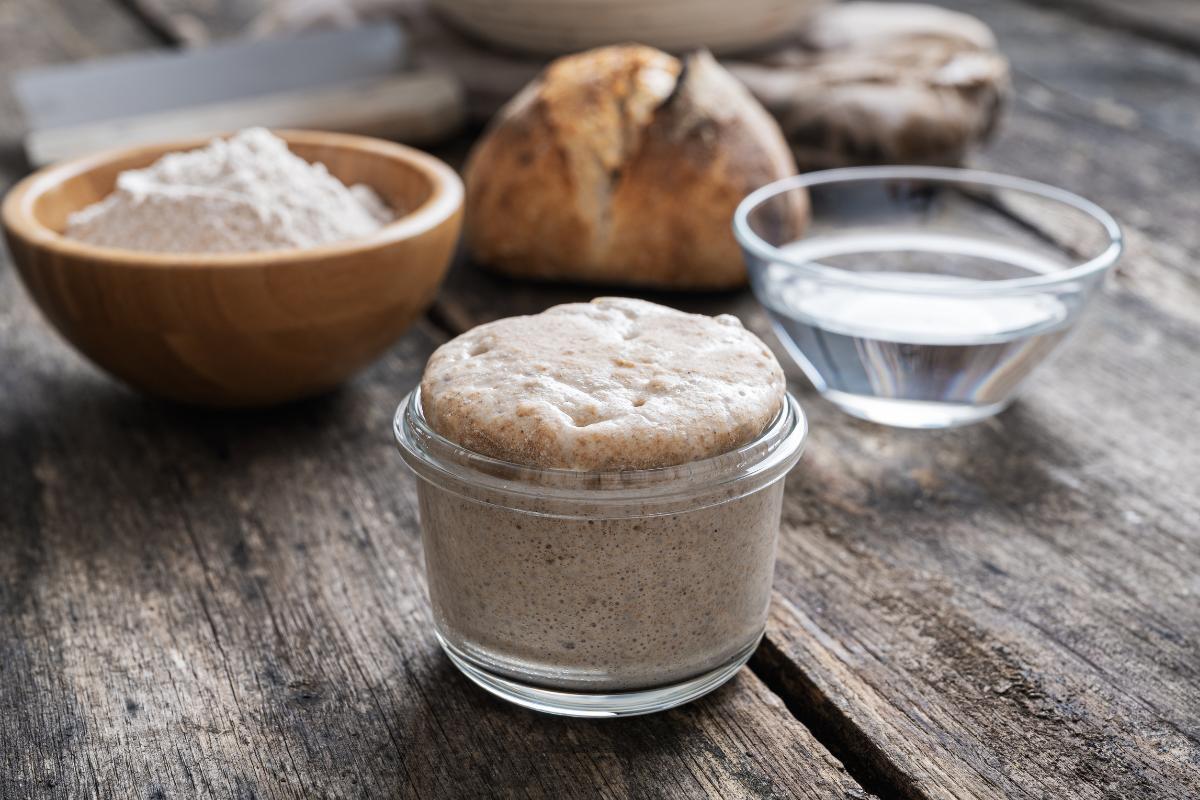10 Fun Fungi Facts


Often overlooked, fungi are remarkable organisms with a significant impact on our planet. From tiny molds to large mushrooms, these diverse life forms play important roles in ecosystems. With their ability to decompose organic matter, form symbiotic relationships, and produce various compounds, fungi are essential to life.
In the following article by thedailyECO we explore 10 amazing fun facts about fungi.
- Fungi are a kingdom of their own
- Fungi are masters of colonization
- Fungi are the ultimate recyclers
- Fungi often team up with other organisms
- Fungi are packed with nutrients
- There are toxic and even deadly species
- Fungi are nature's cleanup crew
- Some mushrooms glow in the dark
- Yeast is a type of fungus
- Penicillin is a fungal-derived antibiotic
Fungi are a kingdom of their own
Just as we use "fauna" for animals and "flora" for plants, the term "funga" collectively refers to all fungi within a specific region. The kingdom Fungi is estimated to contain between 2.2 to 3.8 million species. However, only about 120,000 species have been formally described and cataloged by scientists. The vast majority of fungal species remain undiscovered and undescribed.
Molecular studies have shown that fungi are genetically distinct from plants and animals, further supporting their classification in a separate kingdom. By differentiating fungi from plants and animals, it emphasizes the importance of mycology as a distinct field of study and highlights the need for focused conservation efforts to protect fungal diversity.

Fungi are masters of colonization
Their unique structure, featuring a network of thread-like hyphae, allows them to rapidly explore and exploit their environment. This expansive growth pattern maximizes their contact with the surrounding ecosystem, enabling them to play crucial roles in nutrient cycling and decomposition. In fact, a single mushroom can produce over a kilometer of new hyphae in just 24 hours.
Fungi are the ultimate recyclers
As heterotrophs, fungi rely on external organic matter for sustenance. Saprophytic fungi excel at this role, secreting enzymes to break down complex materials like dead leaves, wood, and animal carcasses.
This decomposition process is vital to nutrient cycling, as fungi convert complex organic matter into simpler forms that can be reused by plants and other organisms, ensuring the continuous flow of energy through ecosystems.

Fungi often team up with other organisms
Fungi often form mutually beneficial partnerships with other organisms. For example:
Lichens are composite organisms composed of a fungus (mycobiont) and a photosynthetic partner (alga or cyanobacteria). The fungus provides structure and protection, while the photosynthetic organism contributes nutrients. This symbiotic relationship allows lichens to thrive in harsh environments.
Mycorrhizae are symbiotic associations between fungi and plant roots. The fungus enhances the plant's ability to absorb water and essential nutrients like phosphorus and nitrogen, while the plant provides the fungus with carbohydrates. This partnership is crucial for the growth and survival of many plant species.
Uncover the secrets behind the diversity of fungi by exploring the fascinating world of Basidiomycetes.

Fungi are packed with nutrients
Edible mushrooms, the fruiting bodies of certain fungi, offer a diverse and nutritious culinary experience. Cultivated or foraged, fresh or preserved, fungi are a rich source of carbohydrates, proteins, vitamins, and minerals. Popular choices include button, shiitake, oyster, portobello, and pine mushrooms.
There are approximately 300 to 2,000 species of fungi that are considered edible worldwide. The exact number can vary depending on regional culinary practices and the discovery of new species.
There are toxic and even deadly species
The fungal kingdom harbors a darker side. Numerous species produce potent toxins capable of causing severe illness, even death. These compounds primarily target vital organs like the liver and kidneys. Notable examples of poisonous fungi include the death cap (Amanita phalloides) and the fly agaric (Amanita muscaria).
Distinguishing edible from poisonous mushrooms is notoriously challenging for amateurs. While some general rules exist, positive identification often requires expert knowledge. To avoid the risk of poisoning, it's strongly advised to purchase mushrooms from reputable sources or seek guidance from experienced mycologists before consuming wild specimens.

Fungi are nature's cleanup crew
Mycoremediation harnesses the power of fungi to detoxify polluted environments. These organisms employ enzymes to break down harmful contaminants into less toxic substances.
Some fungal species, known as hyperaccumulators, can even absorb and concentrate heavy metals within their tissues, effectively cleaning up contaminated soils. By strategically applying different fungal strains, scientists are developing innovative and sustainable solutions to environmental challenges.
Ever wondered about the difference between a fungus and a mushroom? Delve deeper into the fungal kingdom with our next article.
Some mushrooms glow in the dark
Certain fungi possess the ability to bioluminesce. Species like Omphalotus olearius and Mycena chlorophos emit a ghostly glow thanks to a chemical reaction involving luciferin and luciferase, enzymes found in their gills.
While the exact purpose of this eerie light show remains a mystery, scientists hypothesize that it might attract insects to aid in spore dispersal or deter potential predators.

Yeast is a type of fungus
Surprisingly, within the vast kingdom of fungi, we find yeasts, which are microscopic single-celled fungi essential to humans for their ability to ferment carbohydrates. By breaking down glucose, yeasts produce ethyl alcohol and carbon dioxide. This makes them a crucial component in the production of wine, beer, cider, and baked goods.

Penicillin is a fungal-derived antibiotic
The groundbreaking discovery of penicillin by Alexander Fleming revolutionized medicine. This life-saving antibiotic is derived from the Penicillium notatum mold, which produces the potent antibacterial compound penicillin. Fleming's serendipitous observation highlighted the untapped potential of fungi as a source of medicinal compounds, marking a pivotal moment in the fight against bacterial infections.
Learn more about the structure of fungi in this other article.
If you want to read similar articles to 10 Fun Fungi Facts, we recommend you visit our Facts about nature category.
- Morones, S. (1944). Penicillin. Gaceta Médica de México, 74(1), 461-471.
- Odriozola, EA (1985). Luminous mushrooms. Catalan Journal of Mycology, 21-26.
- Raven, P.H., Evert, R.F., & Eichhorn, S.E. (1991). Plant biology. Ed. Reverté, SA Barcelona. 773 pp.






